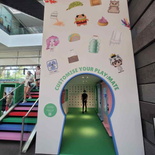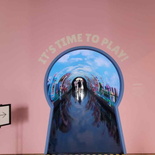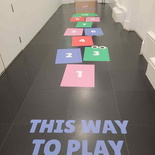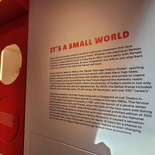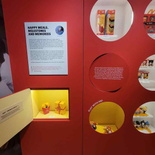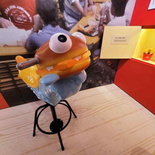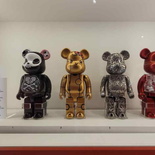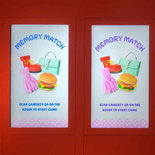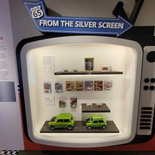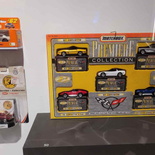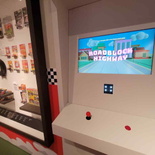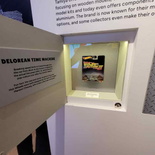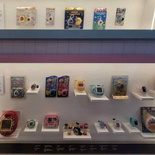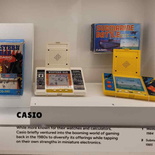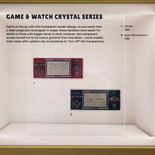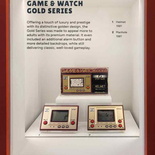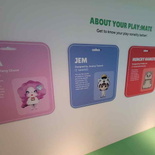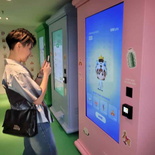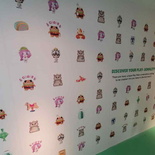The Play:Date- Unlocking Cabinets of Play exhibition at the National Museum of Singapore is a nostalgic journey into the world of toys. This new experiential pop-up exhibit invites visitors to relive and connect over cherished memories centered around toys. Despite the ongoing renovations at the museum, the exhibition offers a unique and delightful experience.
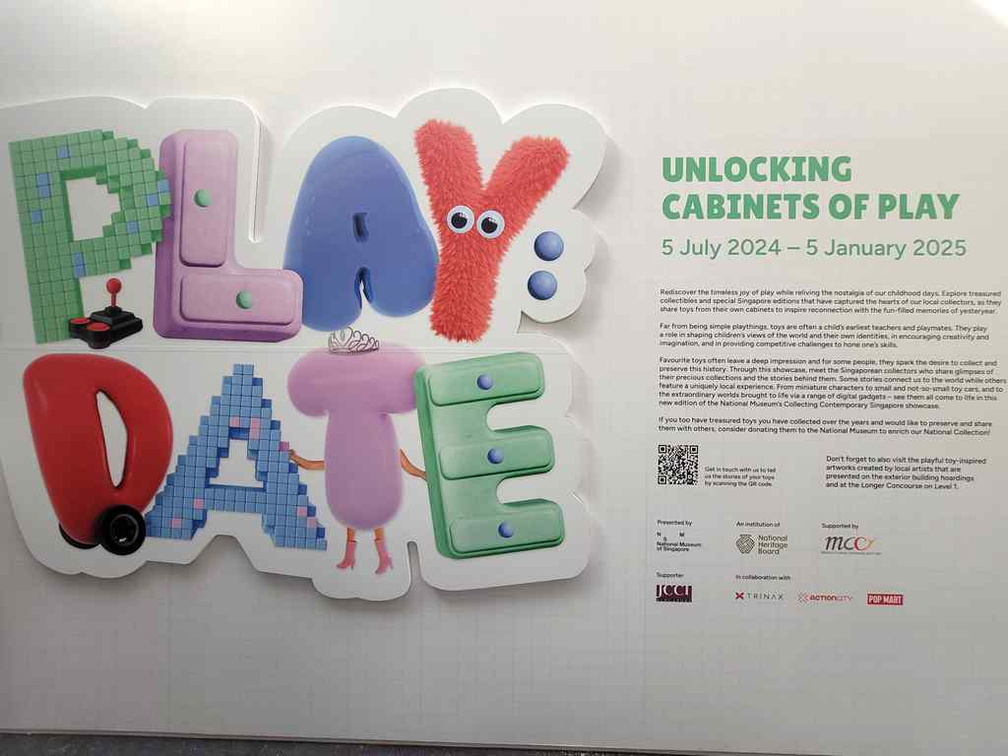
Mind the dust at the National Museum
The National Museum of Singapore is currently undergoing significant renovation work. As a result, the main entrance on Stamford Road has been temporarily relocated to a secondary wing. The permanent galleries in the old building are closed off, with only the Story of the forest Rotunda and Singapore history galleries operating.

Starting on your way in, the exterior hoardings around the National Museum’s facade have been decorated with 5 different temporary artwork murals. One such piece is titled “When I Was Big” by Kristal Melson which you can see on your way to the Museum’s secondary entrance.

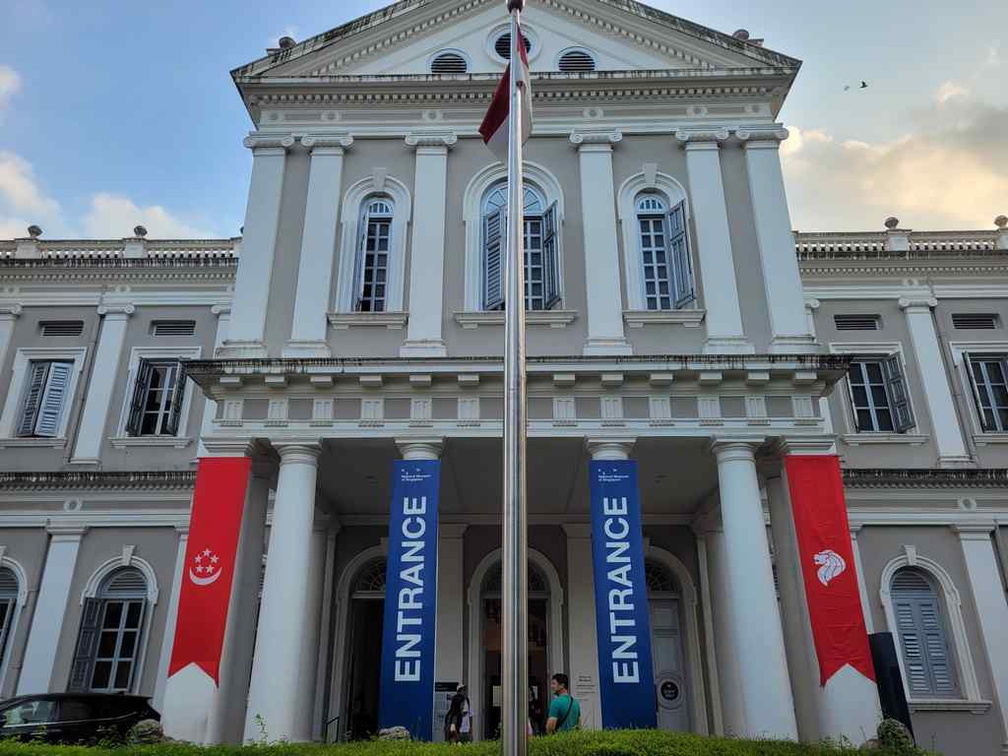
Inside the museum, the “Play:Date” exhibition is housed in a smaller space on the second floor of the museum’s new wing, approximately the size of an ISO container. This compact setting contrasts with the typically sprawling galleries of the museum.
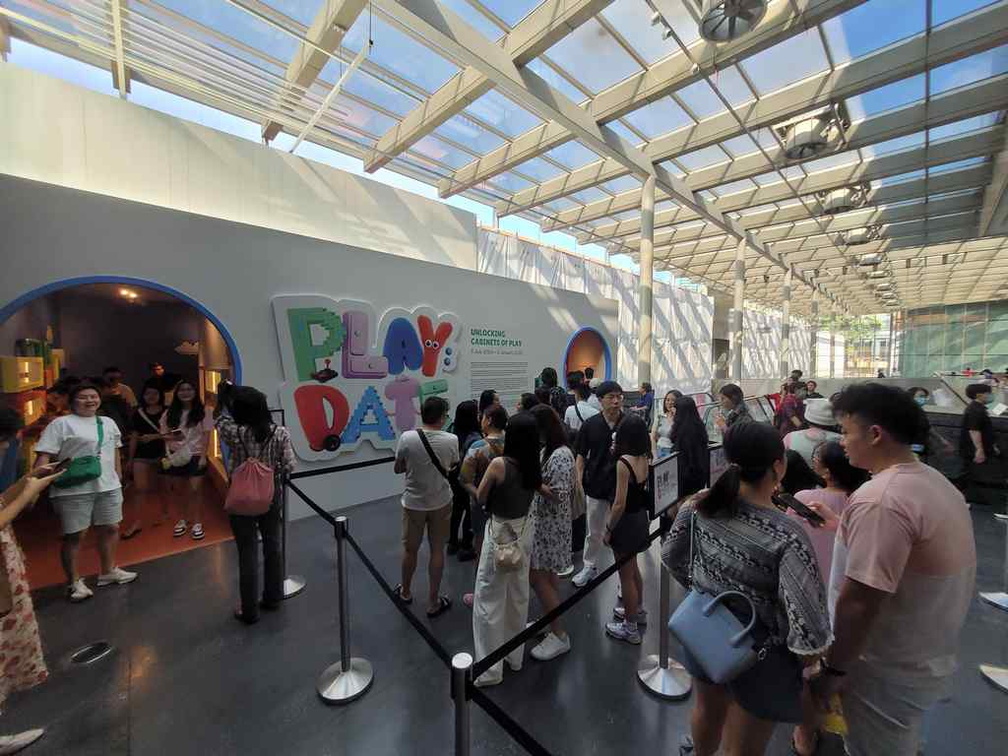
The Entrance and LED Tunnel
At the museum ground floor, you are greeted by an LED-lined wall tunnel, both at the start and end of the exhibition. This tunnel features a digital parade of toy figurines titled “The Toy Colony” by local artist Lioncolony, also known as Oh Jia Hao.
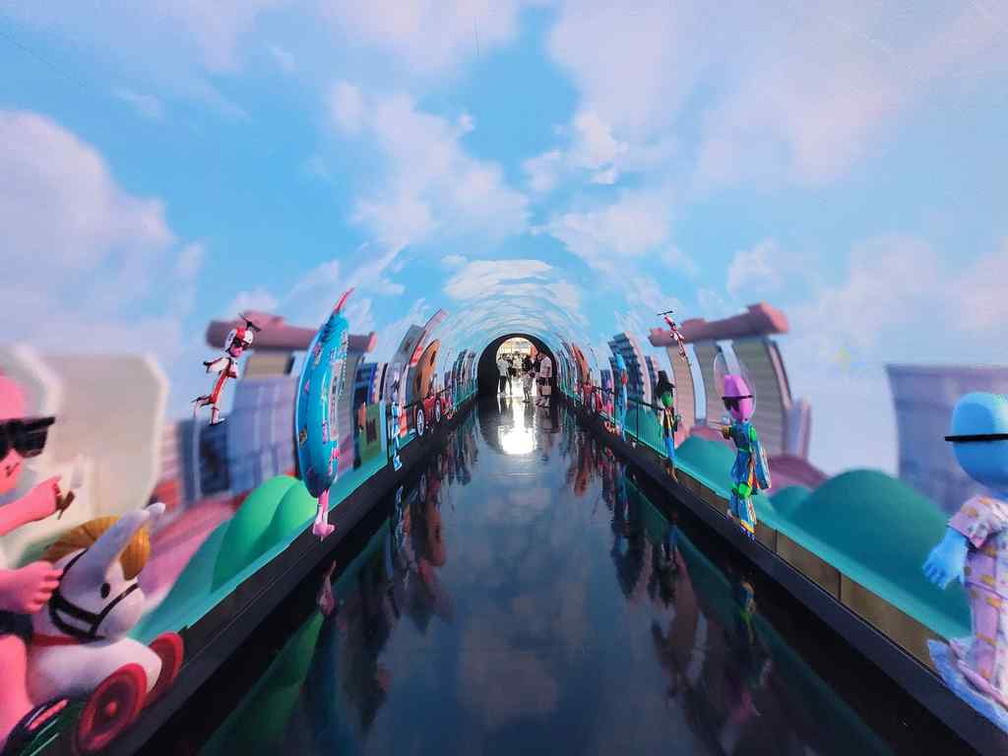
The tunnel offers a panoramic experience of animation all around you. Also, his Gman characters you can find here are inspired by toys from the 1950s to the 2000s, set the tone for the nostalgic journey ahead.
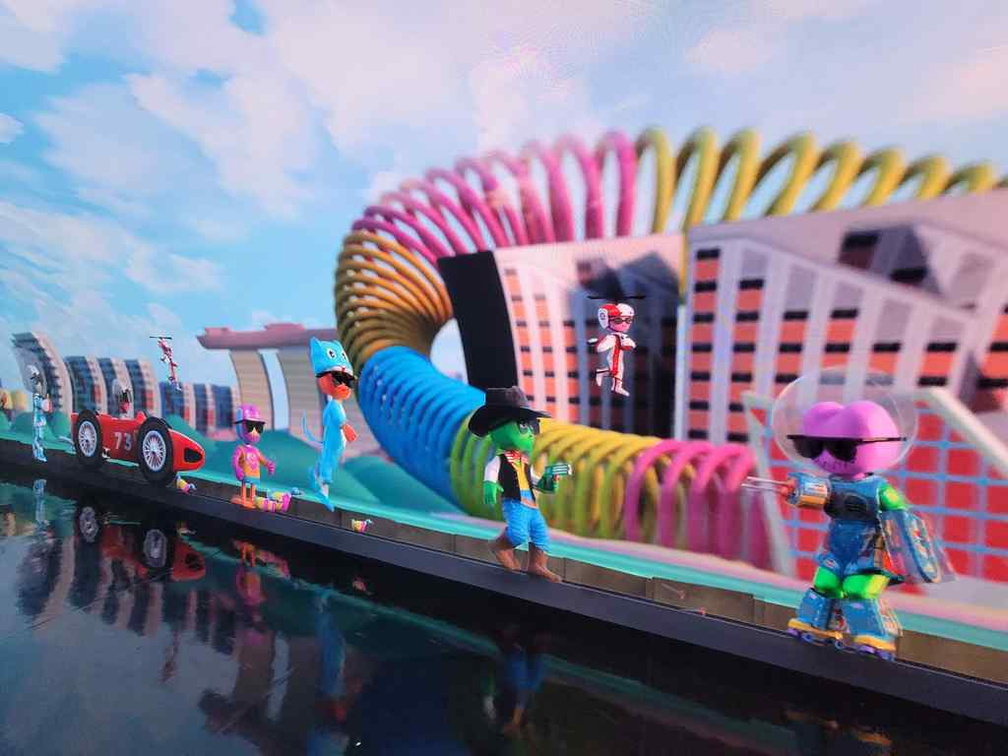
In a nutshell, Play:Date” is a collective effort with contributions from local artists and toy collectors. The showcase presents over 250 toys, both locally and globally recognizable, spanning various eras. The exhibition runs from July 5, 2024, to January 5, 2025, with galleries open daily from 10 am to 7 pm, and last admission at 6:30 pm.
Also departing from the traditional museum format, the exhibition imaginatively transforms different parts of the museum into a playful landscape. This includes temporary spaces and construction hoardings as part of the ongoing restoration works.
Toy Collections and Sections
Furthermore, the toy collection is divided into three main themed sections. It comprises of selections of Barbie Dolls, Happy meal toys, Hot wheels cars and electronic toys. The exhibition begins with the “It’s a Small World” section, featuring a collection of Barbie dolls from Jian Yang. This display is smaller but reminiscent of a previous dedicated exhibition on Barbie dolls at Ion Orchard.
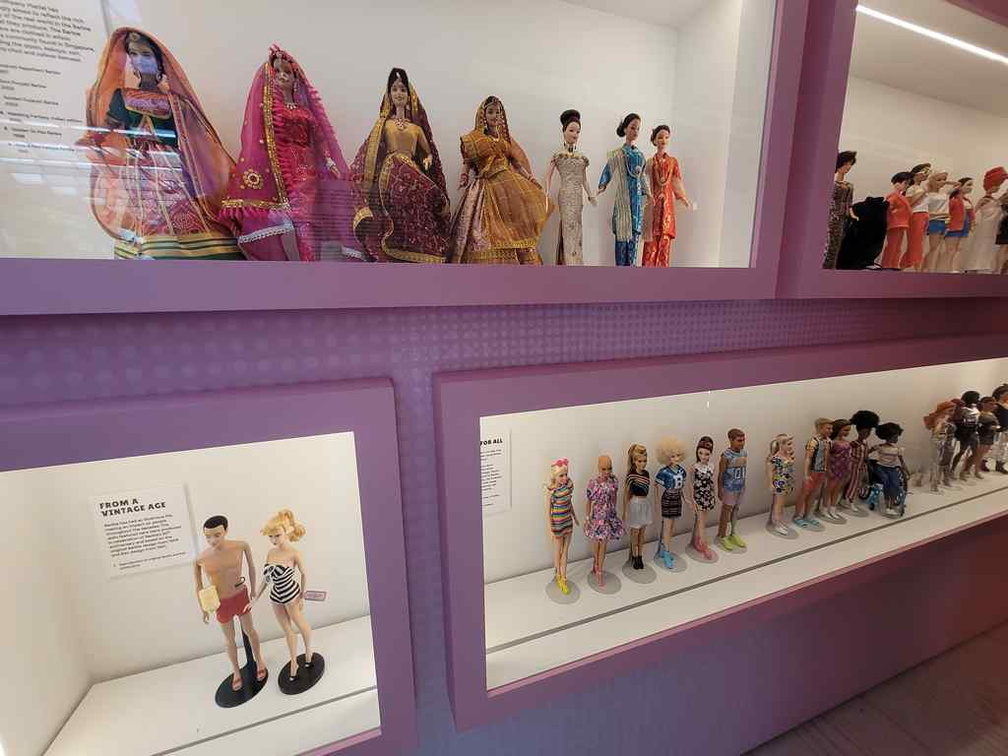
Here, a wall lined with McDonald’s Happy Meal toys from the 90s adds to the nostalgic experience. These toys are displayed behind glass, with some available for interaction. Unique collaborations with local icons, such as Mr. Kiasu figurines from collector Tay Swee Hock and a recreation of the iconic ‘Fillet o Fish’ ride from the 1980s, are also featured.
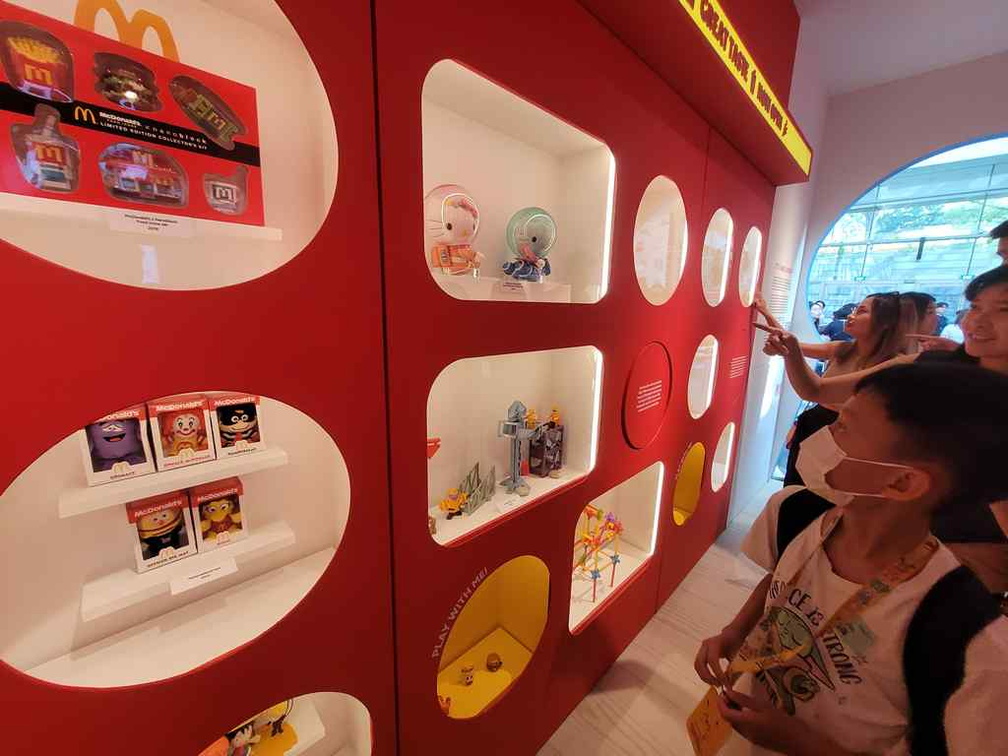
On top of these, a strange item on display are Bearbricks, which is a pretty recent contemporary hot collectable and not quite one with a history per se. Interestingly, you can’t find retro Lego sets or action figures here, which would be more fitting for the 80-90s toys down memory lane.
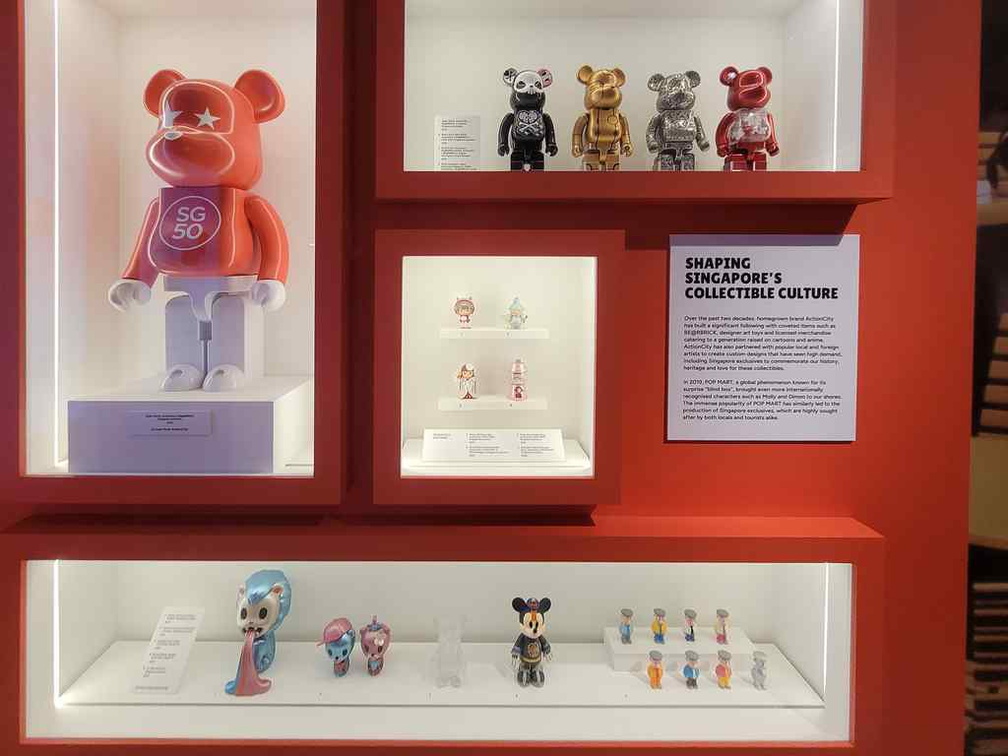
Interesting items are old MacDonalds playground elements, presumably saved from the old children playgrounds which were mainstay at MacDonald’s in the 90s. Lined throughout the galleries are small mini interactive screens you can play a game or two. Depending on the crowds at the exhibition and on weekends, you may or may not have the opportunity to do so, as staff and marshals won’t allow you to stay at a spot too long to have a go at the games.
Model cars section
Furthermore, the galleries follows on in a linear fashion leading into the Model Cars sector. This section showcases model cars. Also, this includes a remodeled Tamiya Rover Mini Cooper painted to resemble Mr. Bean’s iconic green car and autographed by Tamiya’s CEO, Mr. Shunsaku Tamiya.
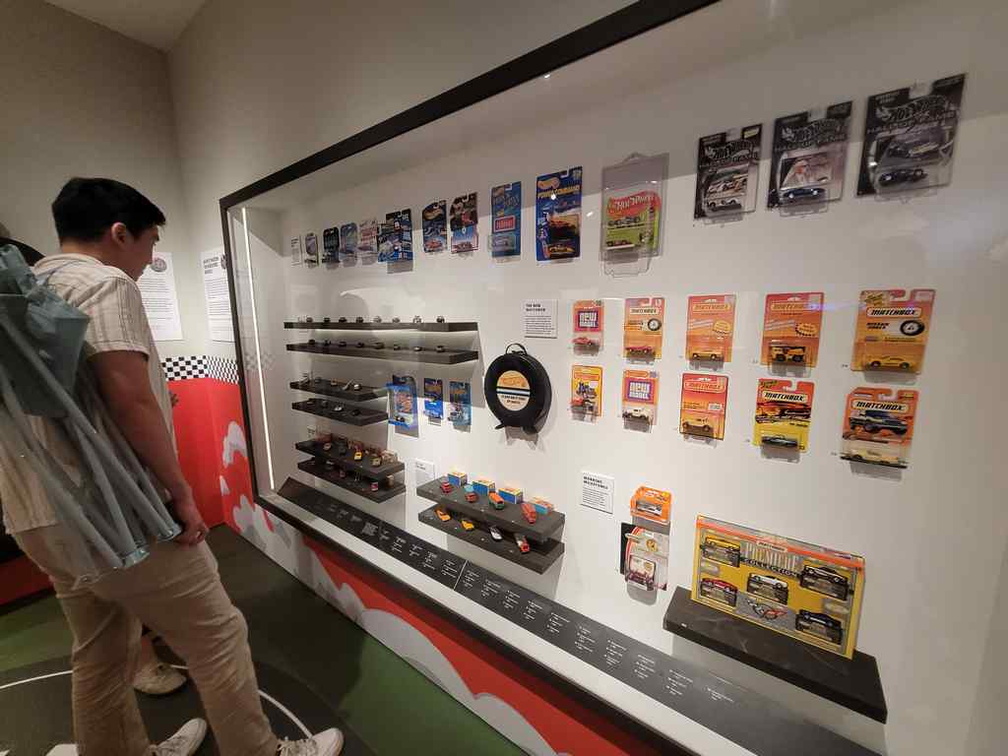
Moreover, the display includes iconic yellow Matchbox cars, featuring vehicles ranging from trade lorries and trailers to helicopters and emergency vehicles.
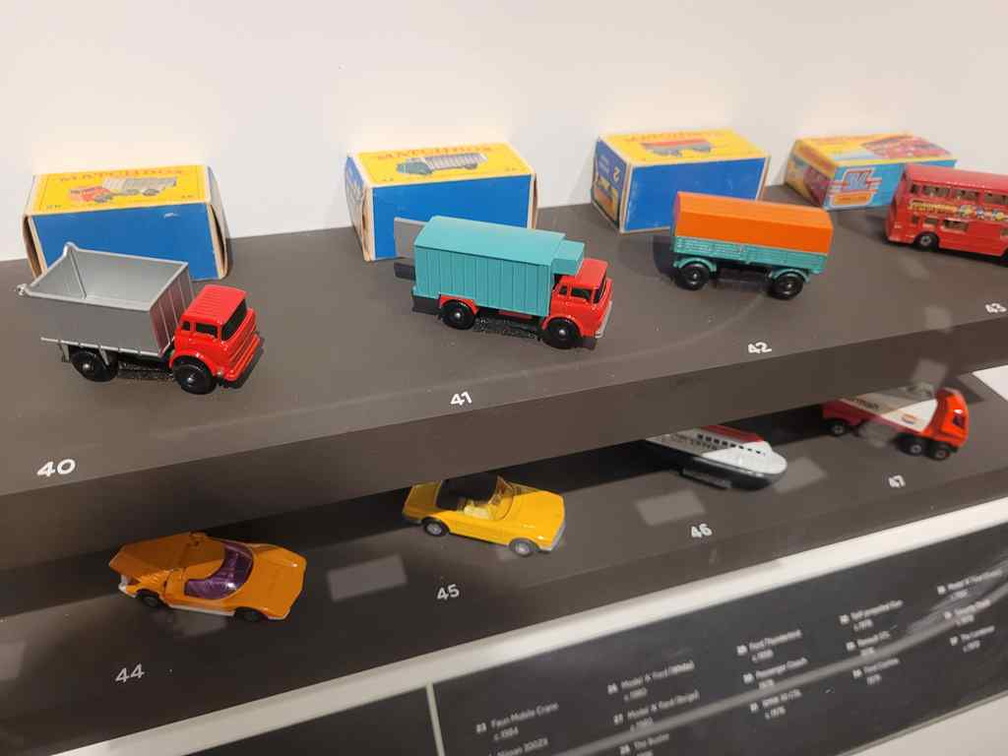
Also, you can find collections from Clarence Tan, Jeffrey Wong, Ian Goh, Mohammad Ridzal, and Mohammad Noor Farhan are also highlighted, featuring familiar brands like Hot Wheels, Tamiya, and Matchbox. Notably, “The Original 16,” the first-ever collection of cars released by Hot Wheels in 1968, is on display.
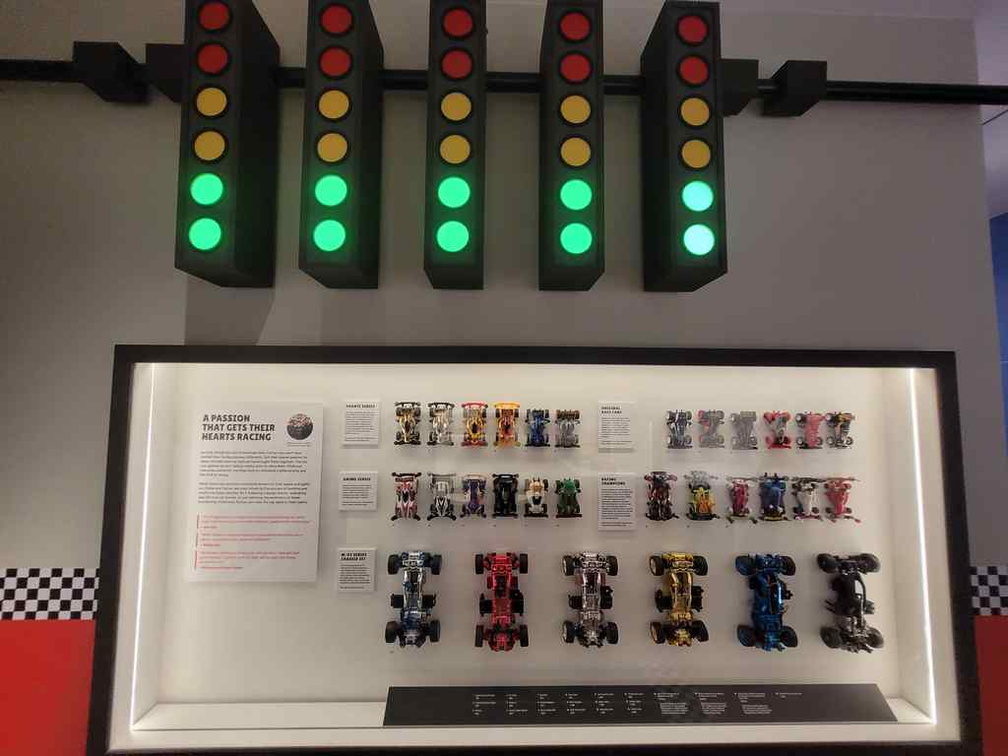
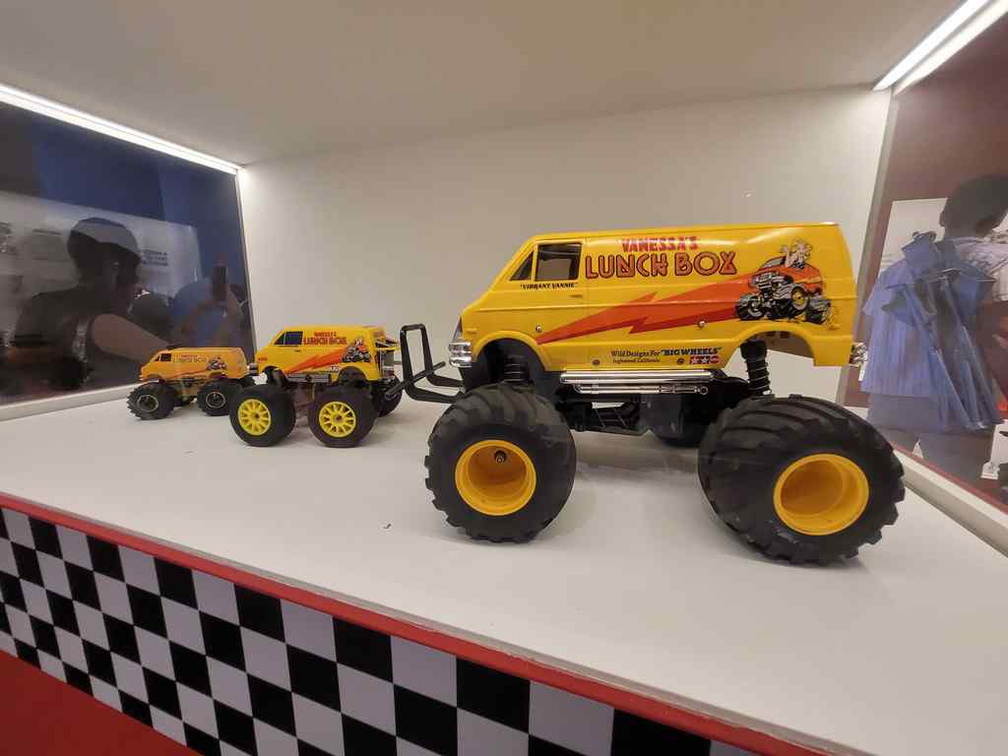
Retro Gaming and Tamagotchi
The final section captures the shift to digital toys with retro game consoles and devices. Collector Rachel Liew’s Tamagotchi collection, featuring rare designs and characters like Gudetama, Hello Kitty, and Pac-Man, is prominently displayed.
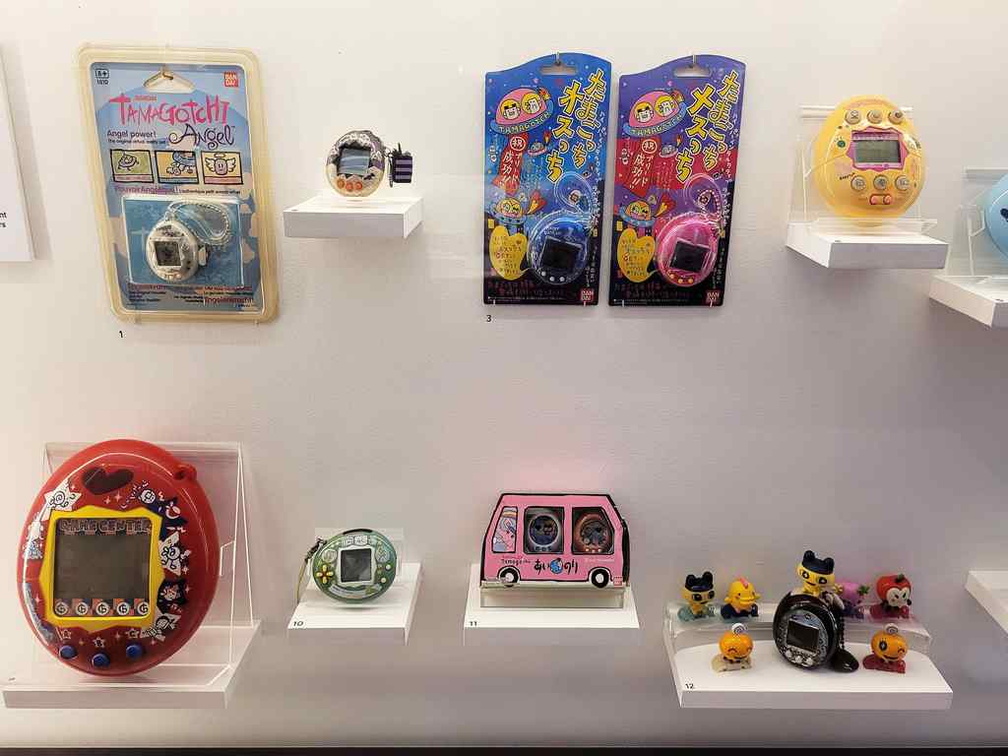
Additionally, a rare Suntec City-themed Tamagotchi in its golden livery is also showcased. Also, here you can also find collector’s handheld consoles like the Tony Saw’s classics made by both Nintendo and Casio.
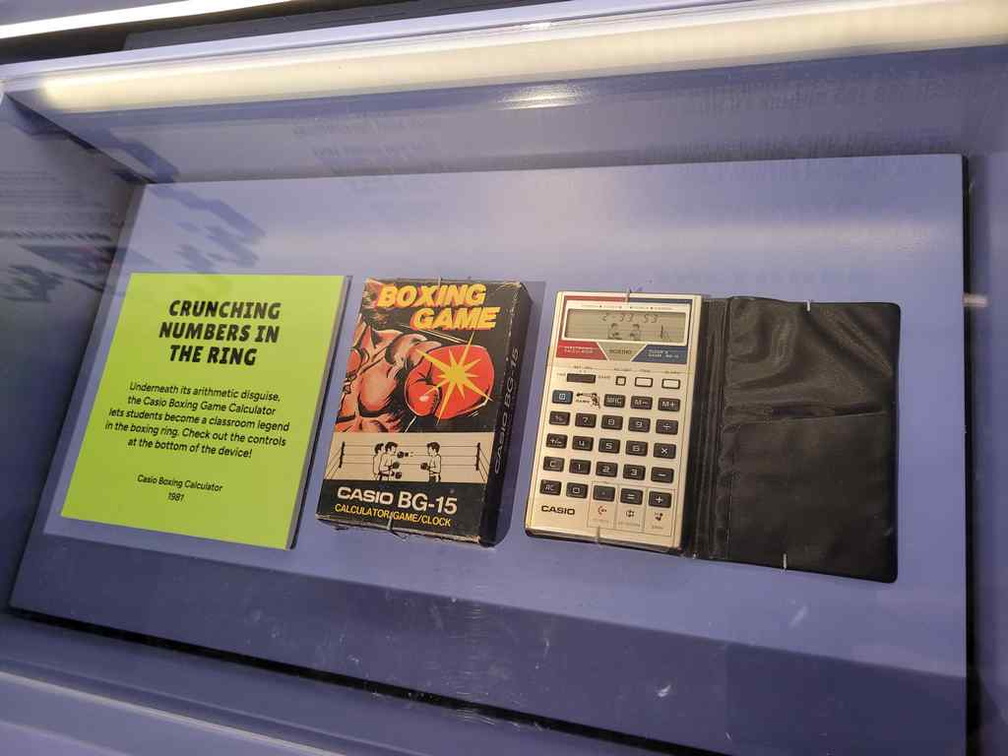
Casio, a brand ubiquitous with calculators even had a unique calculator that allows students to play a boxing game in secret. Recent digital experiences include recreations of Sentosa on popular games like Animal Crossing and Roblox.
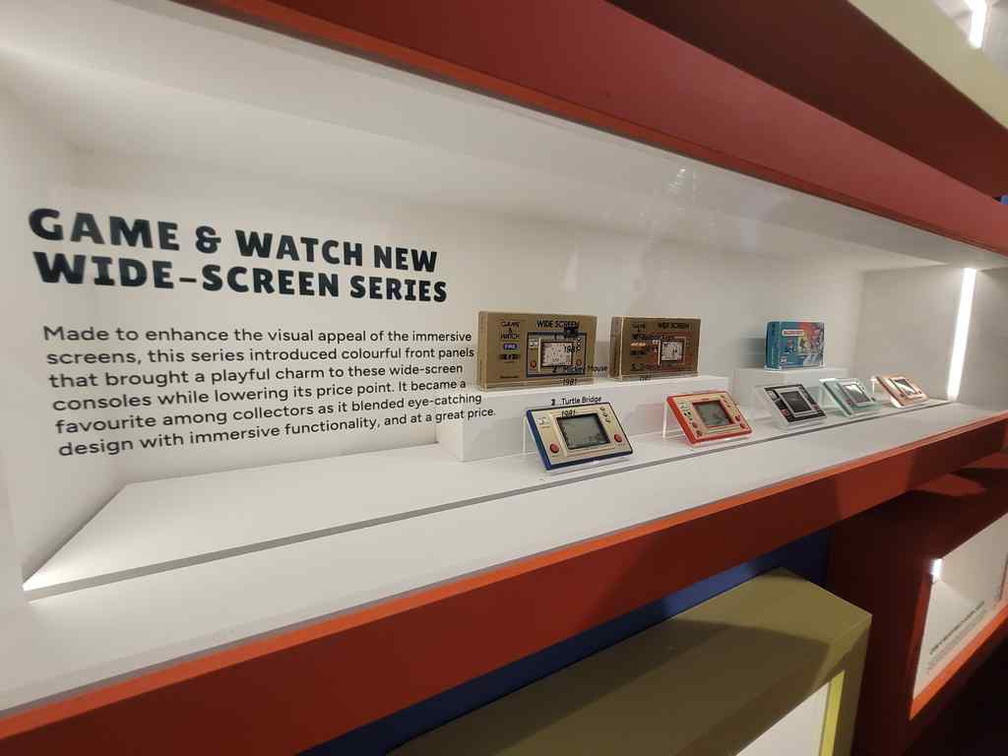
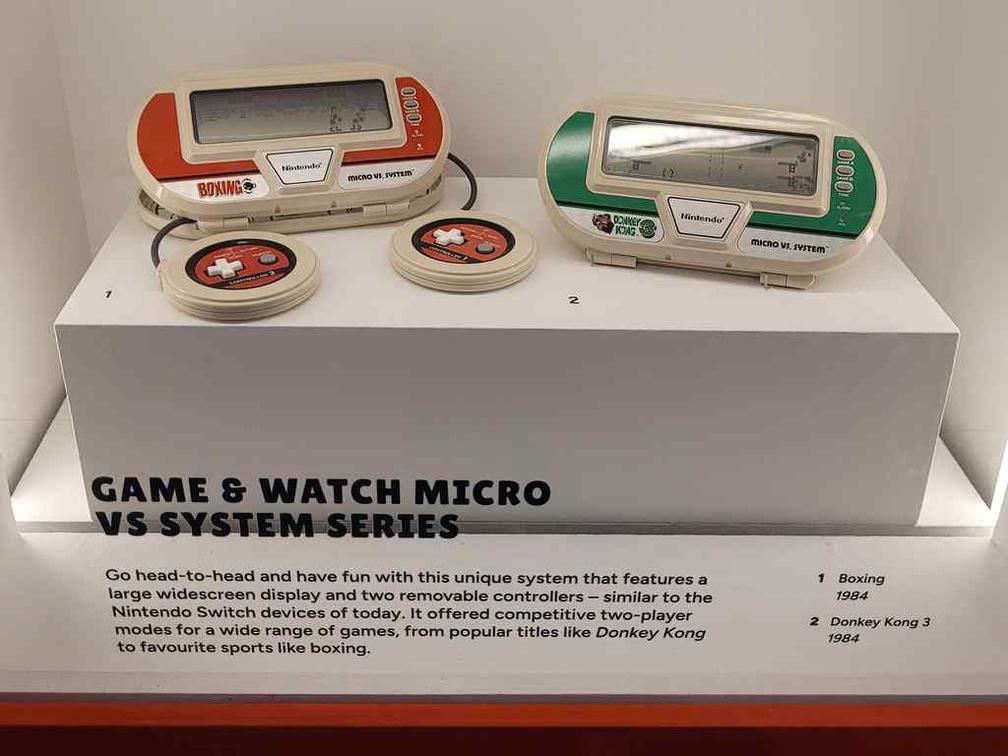
Of all these displays, I found the retro gaming and Tamagotchi selections the more refreshing and impressive ones. Also, this is contrary to items from the other galleries which are more of less reused displays from past exhibitions.
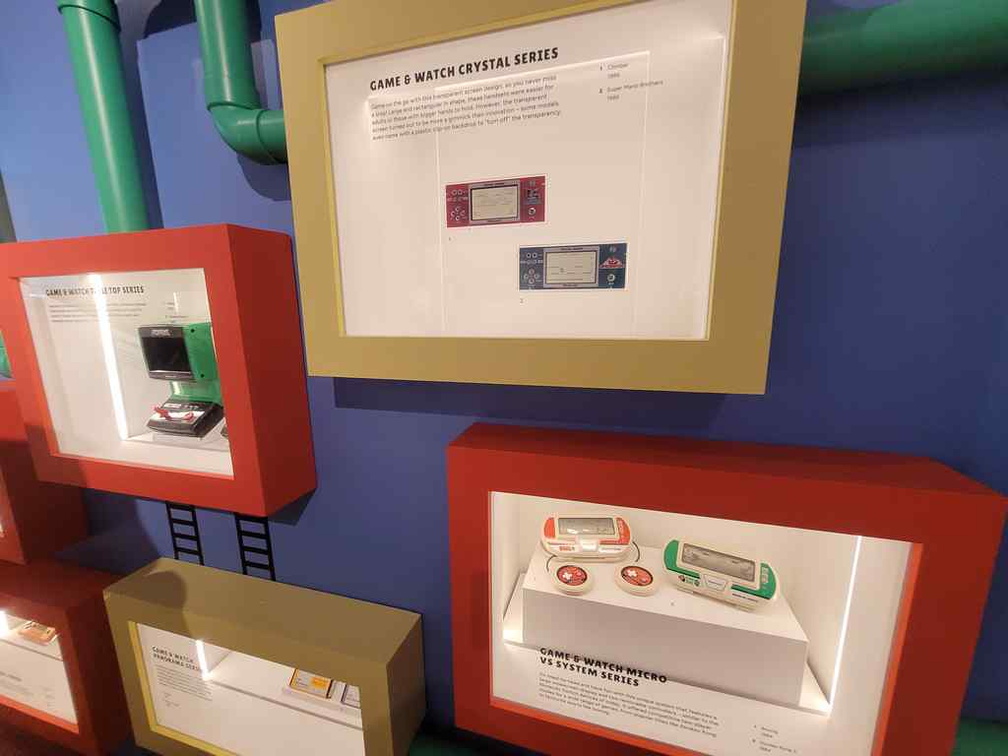
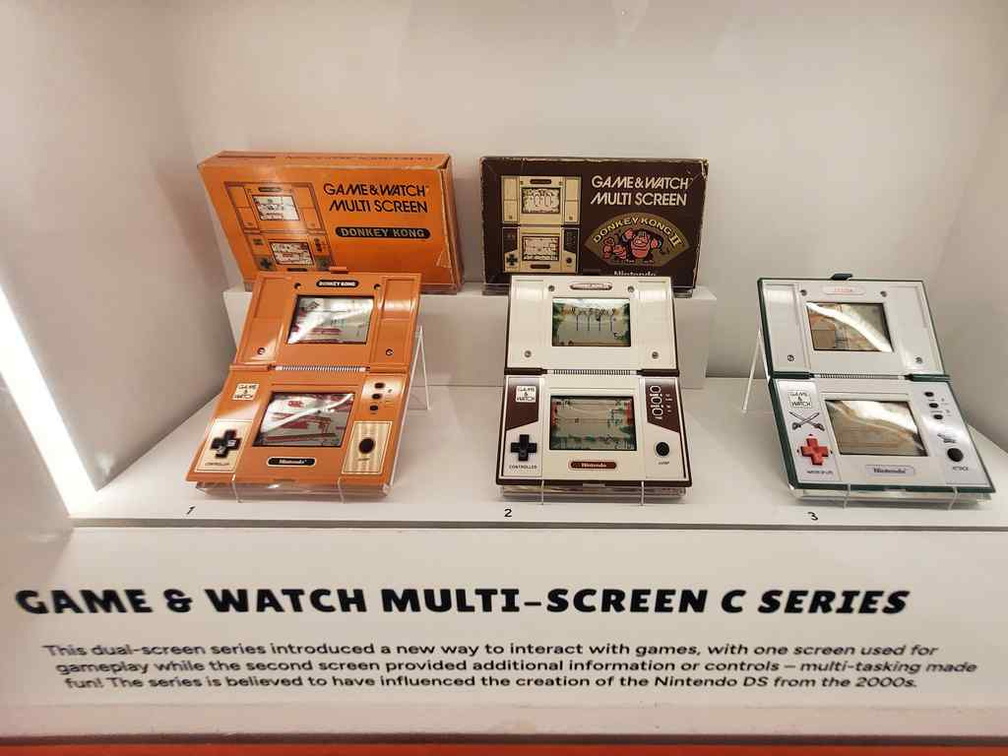
There is also an extensive selection of Game and watch handheld series. These were mainstay even in the era before the likes of the Nintendo Gameboy or Sega Gamegear of the 90s.
Contributing Your Play Experiences
Visitors have the opportunity to contribute to the museum via an Open Call until January 5, 2025. Those with toys from the 80s can scan a QR code to access an interest submission page and suggest items from their collection to showcase before the exhibition ends.
Interactive gaming experiences inspired by old-school gaming arcades are also available. Visitors can purchase a Starter Pack to get their avatar and game credits. They can accumulate points by playing games like Memory Match, Roadblock Highway, and Brick Battle. An ‘8bitify screen’ allows visitors to view a ‘live’ 8-bit camera image of themselves, enhancing the nostalgic vibe. Additionally, an AR booth outside the gallery enables visitors to create a digital avatar by purchasing a Booster Pack for extra gaming rounds.
Wrapping up
All in all, that wraps up our visit to “Play:Date – Unlocking Cabinets of Play” at the National Museum of Singapore. At first impressions, the galleries are indeed very small and I could say I had expected it to be bigger. Still, the galleries offers a delightful and nostalgic experience. Despite the ongoing renovations, the exhibition successfully transforms the museum into a playful and imaginative landscape. From extensive toy collections to engaging digital experiences, visitors of all ages can reconnect with their favorite toys and relive childhood memories.

